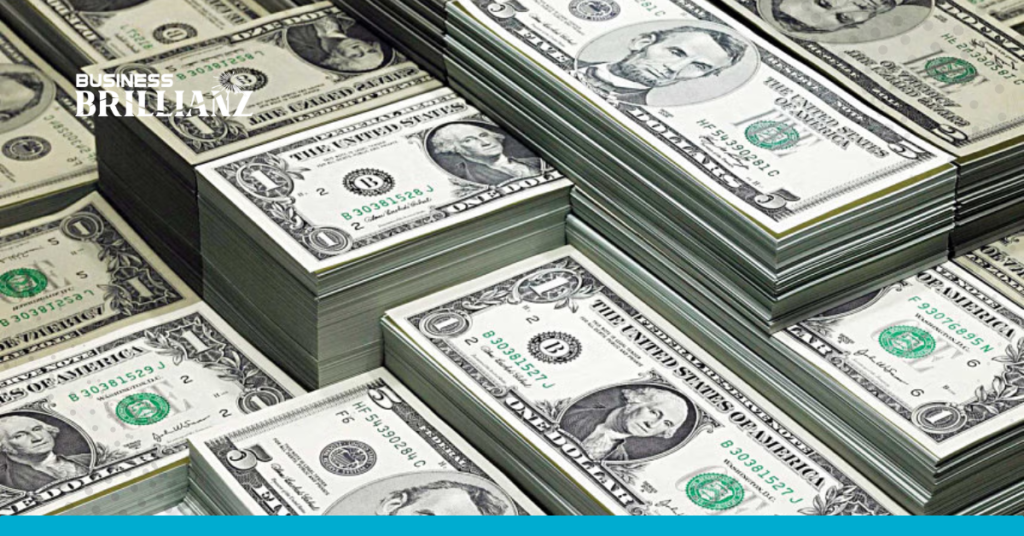Liquidity in Bangladesh’s foreign exchange market has seen a notable surge, attributed to an increase in the influx of US dollars, bolstered by rising remittances, export earnings, and currency swap agreements. According to data from the Bangladesh Bank, banks’ net open position (NOP) in foreign exchange, representing the variance between their foreign currency assets and liabilities, reached $606 million as of March 11.
This figure marks a significant ascent from -$40 million on January 1, escalating to $125 million by February 1, and further climbing to $412 million by the end of February. Industry insiders interpret this rise in NOP as a reflection of the growing stability in the foreign exchange market, driven by the heightened inflow of US dollars.
Mirza Elias Uddin Ahmed, the Managing Director of Jamuna Bank, attributes the NOP surge to several factors, including the surge in remittances over the past two months, amplified export figures, and proactive measures taken by the central bank. Remittance inflows soared by 39 percent year-on-year in February, reaching $2.16 billion, the highest in eight months. Similarly, January witnessed an 8 percent increase, totaling $2.10 billion.
The introduction of currency swap deals by the central bank in February has also contributed to the influx of US dollars and local currency. Under these agreements, commercial banks can exchange local currency for US dollars with the Bangladesh Bank for tenures ranging from seven to 90 days. Mezbaul Haque, spokesperson for the Bangladesh Bank, notes that the reserves currently stand at approximately $20 billion, indicating a healthy growth trajectory.
Encouraged by the central bank’s initiatives, individuals holding US dollars in cash are incentivized to deposit them in banks, given increased interest rates and benefits offered on resident foreign currency deposits (RFCD) accounts. Additionally, the exchange rate of the US dollar against the Bangladeshi taka in the informal market has decreased due to heightened inflows. Foreign exchange dealers are now selling each US dollar at Tk 120 and buying them at Tk 118 to Tk 119, down by Tk 4 to Tk 5 from the previous week.
A decline in import payments has also played a role in stabilizing the exchange rate, with figures showing a decrease from $44.02 billion to $36.02 billion during the July-January period of this fiscal year compared to the previous year. This enhanced liquidity in the local currency market has prompted banks to seek support from the central bank through currency swap deals in exchange for US dollars.
Reflecting the stability in the money market, the overnight average call money rate stood at 8.58 percent on March 14, down from 9.30 percent a month earlier. This decline is indicative of a broader trend towards market stabilization, fostering a favorable environment for economic activities and investment in Bangladesh.


